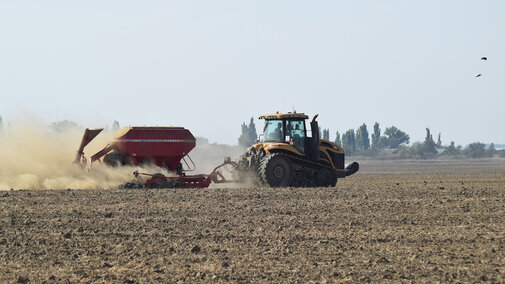The 2021 crop insurance projected prices have now been released. Corn projected price came in at $4.58 per bushel while the soybean projected price came in at $11.87 per bushel. The price volatility for corn is 0.23 and for soybeans 0.19. Both the projected prices and price volatility factors are higher than recently experienced. As a result, both guarantees, and premiums will be higher.
What are the chances of prices declining to unfavorable levels between now and this fall? Price levels that may cause us financial harm. To gain insights into this question, Cory Walters takes a closer look at the price distribution using the projected price and implied price volatility.

